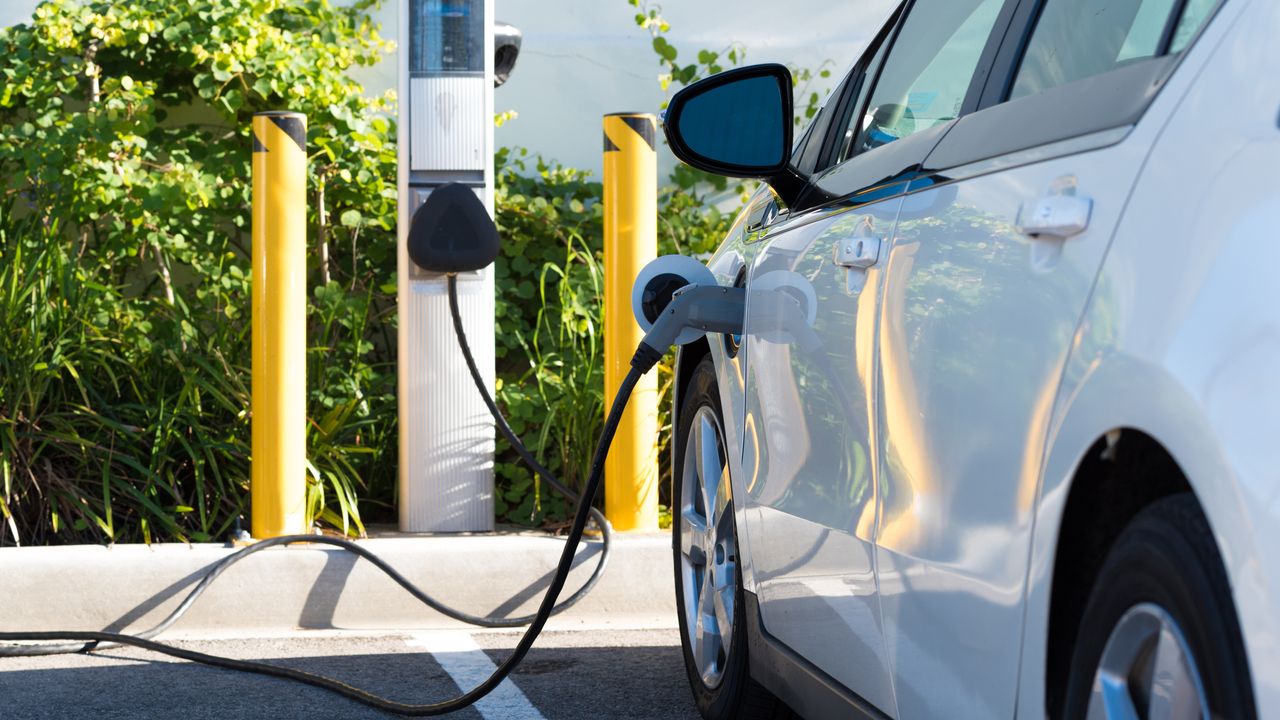EV Charging Platform Integration: A Game Changer in the Electric Vehicle Industry
The electric vehicle (EV) industry has been rapidly growing in recent years, with more and more people opting for sustainable transportation options. As the demand for EVs continues to rise, the need for efficient and reliable charging infrastructure becomes paramount. This is where EV charging platform integration comes into play.
Charging Platform Hardware Integration
One of the key aspects of EV charging platform integration is the seamless integration of hardware components. This involves the integration of charging stations, connectors, and other physical infrastructure with the charging platform software. By ensuring compatibility and interoperability between different hardware components, EV charging platform providers can offer a hassle-free charging experience to EV owners.
Hardware integration also includes the implementation of smart charging features, such as dynamic load management and bi-directional charging. These advanced functionalities enable EV owners to optimize their charging patterns, reduce energy costs, and even contribute to the stability of the electrical grid. By integrating these features into the charging platform, EV charging providers can offer added value to their customers.
Charging Platform IoT Integration
Another crucial aspect of EV charging platform integration is the integration of Internet of Things (IoT) technologies. IoT integration allows for real-time monitoring and control of charging stations, enabling EV charging providers to remotely manage their charging infrastructure. This includes functionalities such as monitoring charging status, diagnosing faults, and scheduling maintenance activities.
IoT integration also opens up possibilities for advanced analytics and data-driven insights. By collecting and analyzing charging data, EV charging platform providers can gain valuable insights into charging patterns, energy consumption, and user behavior. This data can be used to optimize charging infrastructure deployment, improve service offerings, and enhance the overall charging experience for EV owners.
Charging Platform Third-Party Integrations
In addition to hardware and IoT integration, EV charging platform providers are also exploring third-party integrations to enhance their offerings. Third-party integrations involve the integration of external services and applications with the charging platform, expanding its functionalities and providing added convenience to EV owners.
For example, integration with navigation systems can enable EV owners to easily locate and navigate to nearby charging stations. Integration with payment platforms allows for seamless and secure payment transactions, eliminating the need for separate payment processes. Integration with renewable energy providers enables EV owners to charge their vehicles with clean and green energy sources.
Furthermore, third-party integrations can also facilitate demand response programs, where EV owners can participate in grid-balancing initiatives and receive incentives for adjusting their charging patterns during peak demand periods. This not only benefits the grid but also provides financial incentives to EV owners, making EV adoption even more attractive.
Conclusion
EV charging platform integration is revolutionizing the electric vehicle industry by providing a seamless and convenient charging experience for EV owners. The integration of hardware components, IoT technologies, and third-party services allows for advanced functionalities, data-driven insights, and added convenience. As the EV market continues to grow, the importance of robust and well-integrated charging platforms cannot be overstated. It is through these integrations that the EV industry can continue to thrive and contribute to a greener and more sustainable future.
